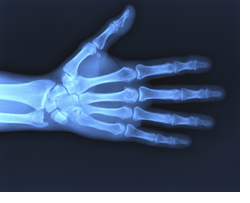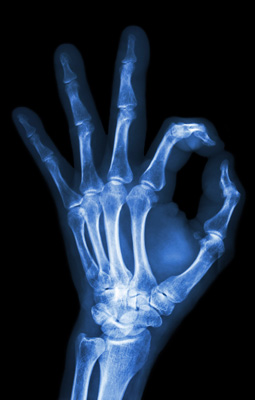 Whether you’ve fractured your wrist, taken a cross-country flight, or just walked into the county administration building, chances are you’ve encountered an x-ray. Usually the connotations of this technology are negative (no one wants a broken bone?and the scanners at the airport have become legendary for their intrusiveness), but the applications are a lot further-reaching than most of us may realize. Check out these links to find out the latest on x-rays, and how these developments may figure into our future.
Whether you’ve fractured your wrist, taken a cross-country flight, or just walked into the county administration building, chances are you’ve encountered an x-ray. Usually the connotations of this technology are negative (no one wants a broken bone?and the scanners at the airport have become legendary for their intrusiveness), but the applications are a lot further-reaching than most of us may realize. Check out these links to find out the latest on x-rays, and how these developments may figure into our future.
Typically we think of x-rays as useful for seeing inside something?whether a human being or a suitcase?but they can also be used to extend our vision far into the universe. This Sky and Telescope article profiles a new x-ray telescope That’s sent us some powerful imagery of supernovas and ?ravenous black holes.?
While x-ray machines are typically large, requiring huge outputs of electricity in order to function, researchers are at work perfecting a much smaller, more energy-efficient model that can potentially convert as little as 10 volts of power into 100,000 volts, enough to operate the handheld device. Although the model is only ?the size of a stick of gum,? the applications?from space exploration to providing inexpensive medical technology to third-world nations?are limitless.
X-rays are traditionally black and white, with multiple pictures required in order to get a fuller image of internal organs, celestial bodies, or geographical layers, for example. This full-colour, 3D prototype provides more information in just one image through a better use of all elements of x-ray radiation.


